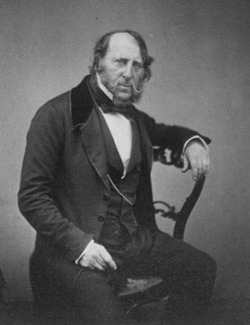Bio by: Bobb Edwards
Inscription
In loving memory/ of/ George Cruikshank / Artist / Designer, Etcher, Painter/ Born Sept 27th 1792/ Died Feb 1st 1878/ At 263 Hampstead Rd. London / Aged 86/ For 30 years a total abstainer/ and ardent pioneer and champion/ by pencil, word and pen/ of/ universal abstinence/ from/ intoxicating drinks/ His remains/ laid in this cemetery/ Feb 9th 1878/ were removed on/ Nov 29th 1878/ to St Pauls Cathedral/ where they finally repose/ This monument is erected/ by his affectionate widow/ Eliza Cruikshank.
***
Eliza Cruikshank/ widow of the above/ Born 23rd Dec 1807 Died 13th Dec 1890/
Family Members
Advertisement
See more Cruikshank memorials in:
Explore more
Sponsored by Ancestry
Advertisement






